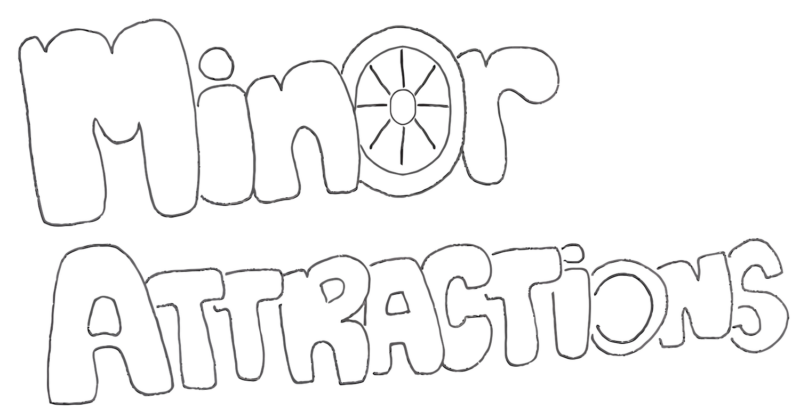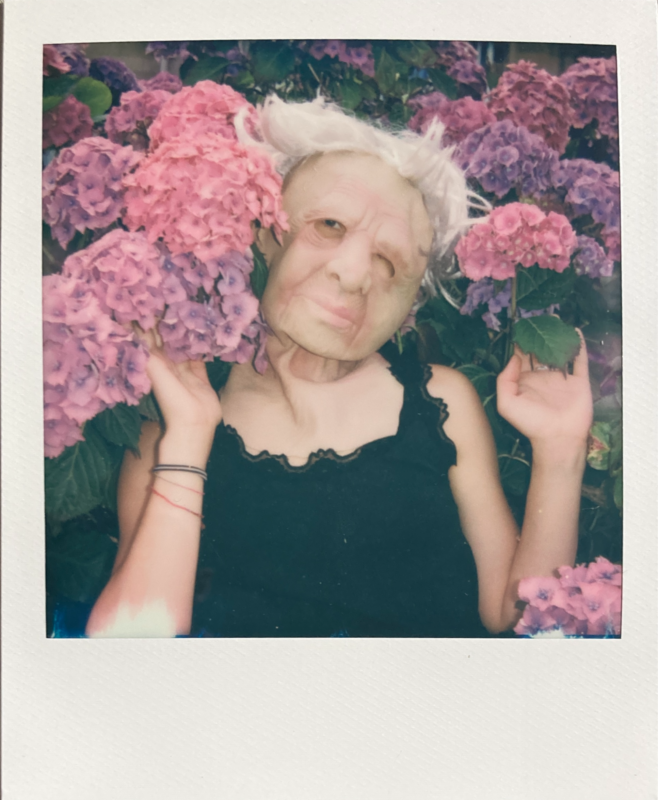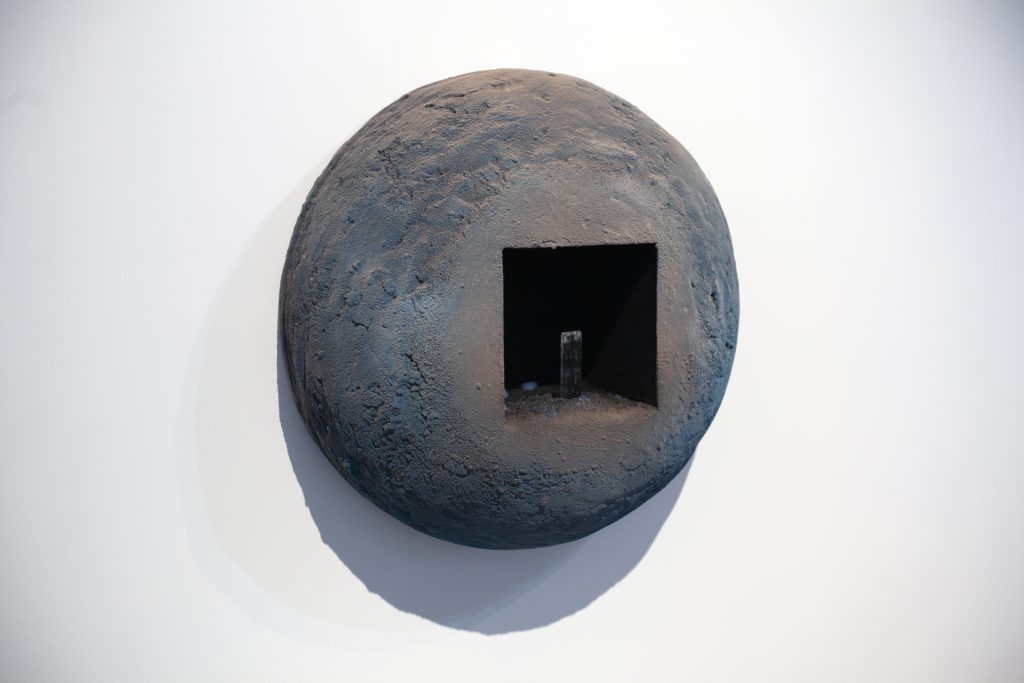
Billy Fraser, Nuclear Focus Sculpture, 2020, MDF, sand, gravel, epoxy filler, PVA, colouring, acrylic paint, spray paint, expanding foam, plaster, toner relief print, BLK3.0, finishing resin, moonstone & aerogel.
London based artist Billy Fraser recently sat down with art historian, writer and curator Hector Campbell to discuss his experiences with curation, his current reclusive studio practice, his enduring Godzilla obsession, an Apollo 11 inspired body of work and his current two-person exhibition And Here You Are, Holding On, with Milo Creese at Well Projects in Margate, which runs until July 31st.
Hector Campbell: In 2017 you graduated with a BA in Fine Art from Chelsea College of Art, having previously completed your Foundation course at the Bath School of Art. What was your experience of art school education? And when during your education did you begin self-organising and curating exhibitions?
Billy Fraser: I remember that in the wood workshop students weren’t actually allowed to use half of the equipment as so many technicians had cut their fingers off on the machines. Having grown up surrounded by chop saws, chisels, jigsaws and everything in-between this was one of the biggest discrepancies between my childhood imagination of art school and the actual reality of arts education. And don’t even get me started on the endless ladder usage tutorials…
I digress. The cliche that ‘art school is what you make of it’ definitely rings true. By actively challenging the norm and working myself into the ground from 9am to 9pm each day I met a handful of amazing peers and likeminded individuals, all of whom combined would go on to become the best thing that came out of my £50,000 education.
During my second year, I exhibited my studio fish tank – purporting it as an alternative project space under the sceptical eyes of my tutors – within one of the curated off-site student shows. Through a series of chance encounters, I met Deen Atger who managed the space and many other disused locations around London. As the exhibition was closing, Atger suggested that I should take over the whole, large space as the curator (a title I was unfamiliar with at the time). I certainly wasn’t going to let this opportunity pass me and my peers by, so shortly after that chance meeting I opened Standby, my first curated exhibition spread across 300m² and lasting two months. The show featured 22 practising artists, many of whom have been close friends and collaborators ever since, including Tom Ribot, Nathaniel Faulker, Mimi Hope, Andrew Hart, Rhiannon Salisbury, Ted Le Swer and Juan Manuel Salas Valdivia to name a few.
H.C: Since graduating you have undertaken a number of curatorial projects, notably the Think Tank series of exhibitions within fully functioning fish tanks and the three-part Extended Call series which featured exhibitions in London phone boxes, a vitrine and a domestic gallery space. What is it that attracts you to these non-traditional exhibition spaces? And what are their pros & cons?
B.F: I recently had an interesting conversation with Freehouse director Darren Flook who, when discussing the first exhibition Sadie Coles presented in a derelict warehouse, mentioned that “a gallery’s reputation is set by the quality of the artists they represent, not by the quality of the space itself”.
With that in mind, a physical space does not define what is considered a ‘good exhibition’, it is the talent and ingenuity of the artists and their commitment to the show and its concept or context. There is nothing more exhausted than the ‘white cube’ gallery model. I challenge you, the reader, to think back to the most compelling exhibition you have ever seen, I guarantee it won’t be the bog-standard eponymous retrospectives that museums drag out of the archives year after year.
I always think bigger is better, but not necessarily in the literal sense. The more expertise, advise and support you can gather, the stronger your ideas and concepts become. Don’t be afraid to reach out to the academics, peers and those in the wider art community, the worst outcome will only ever be a polite decline.
I realise I have floated around the periphery of your question, so a couple of interesting cons that I have experienced are:
Members of the public HATE the use of live fish in art, despite them all still being alive and well four years after welcoming art into their home.
At night people seem to urinate all over Central London, and phone boxes are always hit the worst.
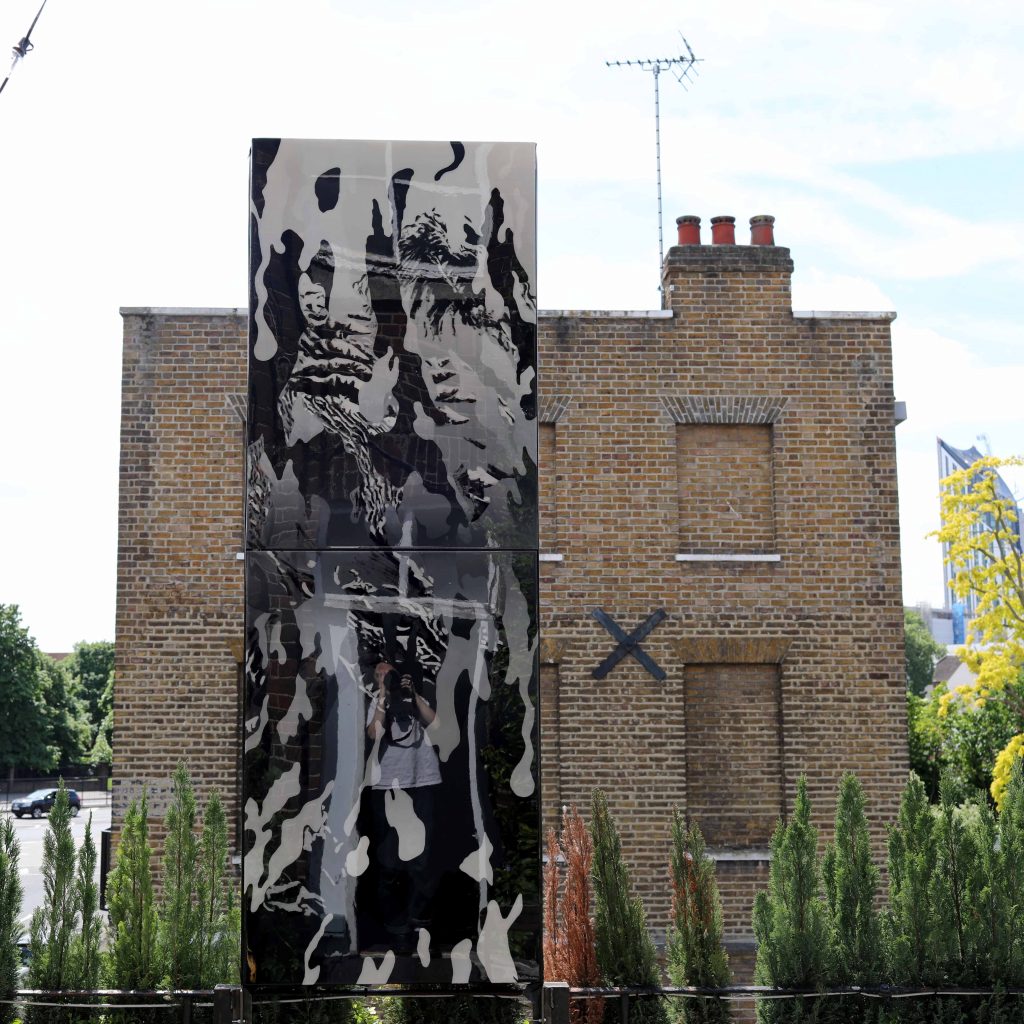
Billy Fraser, 2001: an Alternative Ending, 2019, Oil on canvas, epoxy resin finish, inner steel frame.
H.C: Your curatorial endeavours culminated with 2019’s ABSINTHE, a series of three major surveys of emerging and contemporary art hosted within the Spit and Sawdust pub in Elephant and Castle. How did that project come about? And as an exhibiting artist yourself, how did you respond to the challenge of displaying your work in such an informal setting?
B.F: It’s simply the snowball effect, applied to confidence – From small projects and ideas, you meet more potential collaborators, learn new skills and gain more confidence that leads to larger and larger projects. Off the back of Extended Call, I joined forces with Charlie Mills and James Capper, and together we managed to ride the ABSINTHE dragon all year long whilst collaborating with a large group of friends, peers and artists from the wider emerging art community.
My own art practice was and always is my main focus, so naturally I saw ABSINTHE as a brilliant opportunity to present and consider my work within that unusual setting. For a year leading up to the project I had been speculating about creating a work that could be exhibited suspended from the side of a gallery, mimicking the monoliths from 2001: A Space Odyssey, triggering physical sensations within the viewer and thus elevating the visual experience.
Finally, the opportunity presented itself and during ABSINTHE §2 I installed a four-panel vertical painting monolith onto the terrace of the Spit and Sawdust. Through the opening people came up to me concerned the monolith was going to fall, and the next day I was ordered to remove it by the police due to health and safety concerns. I still wonder if the work would have survived longer if it had been situated within a more formal gallery setting.
H.C: Shortly following ABSINTHE yourself and frequent collaborator Tom Ribot began transforming a semi-derelict warehouse in Deptford into the Collective Ending HQ, a studio and gallery complex that houses twelve artists/art world practitioners, myself included! What appealed to you most about the possibility of operating outside of the conventional model of studio providers and commercial galleries?
B.F: I think it’s safe to assume that we have all experienced some form of issue or dispute with landlords in the past. After having to deal with countless compromises throughout the ABSINTHE project due to various conflicts of ideas and interest, Tom and I were desperate to find a place that was solely ours. We set out looking for a home for the community we had been nurturing since graduation, one that was affordable and worked for us, not against us. With the CE HQ, I think we may have finally found that home.
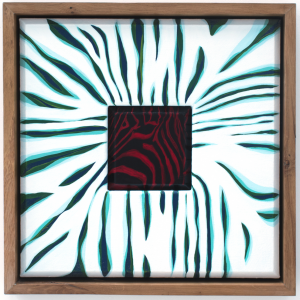
H.C: Within your newly christened studio at the CE HQ you have been working on two distinct series of artworks, the 2020 Sample series and the 2020 Focus series, comprising 52 paintings and 12 paintings respectively. Could explain further the concepts behind these new bodies of work, and how they are influencing the rest of your practice?
B.F: As many of us did, I had pretty high hopes for 2020, the CE HQ finally open and ready for exhibitions, plenty of projects in London and the UK, and a speculative show in LA. Of course, when Covid-19 arrived everything was either cancelled or postponed (if you were lucky). I was no longer obliged to attend openings, events and exhibitions and for the first time ever my semi-reclusive tendencies were actively encouraged.
Aside from the global pandemic, I was aware that I had now been out of arts education for the same length of time as I had been in it. It felt like the right time to let my hair down, revisit all my sketchbooks and begin producing and experimenting with all the ideas that I had never had the chance to execute. I had been so focussed on my Devonian painting series, the ABSINTHE project and the building of the CE HQ that whenever an idea outside of these commitments presented itself I would make notes or a sketch and let it fester in my mind for weeks, months or even years.
I decided that in 2020 these festering ideas would finally be addressed through a series of 52 Sample paintings and 12 Focus paintings. The control variable is their volume, a parameter that means I am required to complete four Samples and one Focus each month in order to stay on track with the project’s preordained trajectory. Within this framework, I have been revisiting, revising and expanding upon three years worth of sporadic notes and ideas, and realising them as paintings. The Samples act as experimental introductions and feed into the techniques, compositions, concepts and language of the Focus paintings. I finally have a safe space within which to challenge what had become somewhat oppressive, rigid bodies of work, I have broken out of my self-inflicted box and am excited to be learning and experimenting again.
H.C: Your latest body of work, currently on display at Well Projects in Margate as part of the two-person exhibition And Here You Are, Holding On, explores mankind’s history of lunar exploration, the NASA archive and specifically the 1969 Apollo 11 mission. What drew you to this particular subject matter? And could you talk a little about the artworks on display in the current exhibition?
B.F: The success of the Apollo 11 mission is forever cemented within human history as our greatest industrial achievement.
Since the dawn of intelligent thought, humans on every corner of the planet have marvelled at our closest cosmic companion. The moon controls our oceans, inspires tales of old and is a constant nightly reminder of our ability to dream. In 1969, a time pre-internet and only 150 years after the invention of the steam train, we managed to send a human over 350,000km out of our atmosphere on a rocket, then watch him land on, walk around, take photos of and return with artefacts from the surface of the moon.
The speculation that surrounds the mission and the question of whether or not 20th century America was capable of such a feat has inspired continuing debate. I myself happily sit on the fence, capable of seeing compelling evidence on both sides of the argument, and this body of work expands on that notion. Each work is speculative in nature, reminiscent of low budget sets or props and mimic the production of a realistic representation of a collectively considered lunar landscape.
For example, the flag piece upon which the exhibition at Well Projects centres presents itself not as the American flag placed on the moon but instead as the collective speculations of what the flag would look like now. These contradictions and assumptions manifest within the exhibition as representations that further both the disillusionment and the authenticity of the Apollo space programme.
“Intuitively, experts mostly think it highly unlikely the Apollo flags could have endured the 42 years of exposure to vacuum, about 500 temperature swings from 242F during the day to -280F during the night, micrometeorites, radiation and ultraviolet light, some thinking the flags have all but disintegrated under such an assault of the environment.” – James Fincannon, NASA engineer, Glenn Research Center, Cleveland, Ohio.
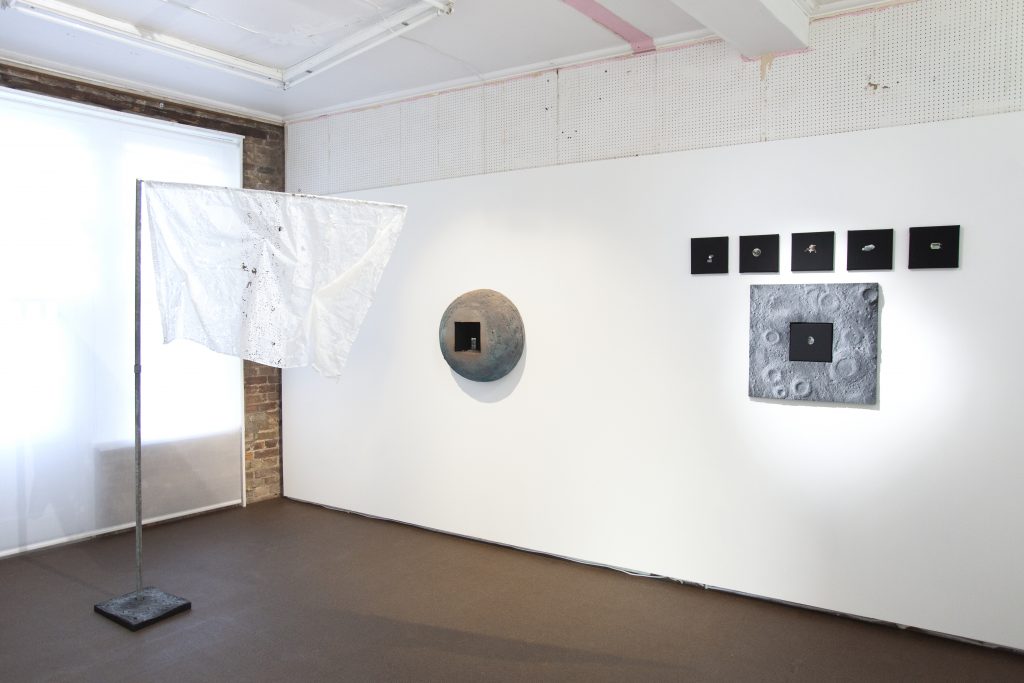
Install of And Here You Are, Holding On, Well Project, Margate, 2020.
H.C: Your sculpture ‘One Giant Leap’, currently on display at Wells Proejcts, depicts the Apollo 11 moon landing and is the part of your ambitious series of resin sculptures that also includes 2018’s ‘White Rabbit’. Could you tell us more about this sculptural series of works?
B.F: A common complex within painters is the melancholy you feel when an exhibited work isn’t given the appropriate consideration. For good or for bad we are all guilty of blasting through a private view trying to locate the last Stella before heading out for a cigarette and conversation with the person or people you actually came to see. The resin works are material feats, unignorable polished delights that you might not see every day.
Aimed at being the centre-piece of larger bodies of work from which all the other work stems, they are the crown jewels if you like. I find myself referring to them as ‘self-contained analogies’, the beginning and the end, a fantasy timeline of human achievement. I have further concept resin works I would like to make, but they will most probably be commissions due to the costs involved. The ‘White Rabbit’ work functions as the technological analogy, and ‘One Giant Leap’ as the industrial, but I have yet to produce the natural analogy, which will be a glorious celebration of our ancient habitat. Finally, one day you will see Godzilla encapsulate total, absolute destruction, a poetic dance between seriousness and absurdity.
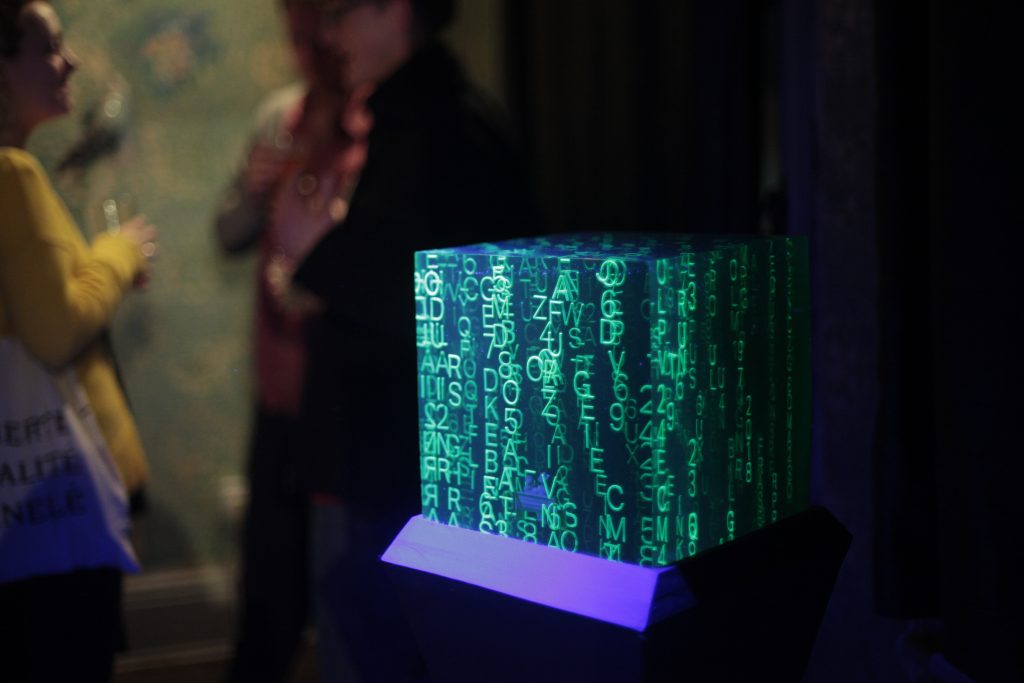
H.C: Finally, to coincide with the current exhibition Wells Projects are releasing your first risograph print edition ‘100 SECONDS TO MIDNIGHT’ featuring your signature Godzilla imagery, which can also be seen engraved onto a moonstone monolith as part of the sculptural work ‘Nuclear Focus Sculpture’. Where does your interest in the King of the Monsters stem from? And do you have future Godzilla-based plans?
B.F: We, existing somewhere within the now, can only speculate about the end, to prepare for it or in reality to ignore it. Nuclear Weaponry, Preemptive War, First Strike Policy; I have always been fascinated with the premise that we are only one click away from total, self-inflicted destruction.
The nuclear surpasses the very nature of humanity, thus Godzilla was envisioned as a coping mechanism, a way to talk about a destructive power like nothing before, birthed from the deep ocean and reaping unprecedented annihilation without reason. That same Gozilla has today been franchised, merchandised and immortalised through American blockbuster movies transcends purity into total absurdity. My obsession is with that absurdity, and the possibility to promote that absurdity in an attempt to bring our own nuclear demise to the forefront of the conversation again.
Just as the industrial and the Apollo mission are presented through the current Well Projects exhibition, so too will the nuclear apocalypse and the King of the Monsters be the focus of attention at a later date.
Milo Creese & Billy Fraser, And Here You Are, Holding On, at Well Projects in Margate runs until July 31st. And Here You Are, Holding On is the first exhibition in Well Projects’ Energy Systems exhibition programme, curated by Kris Lock.




